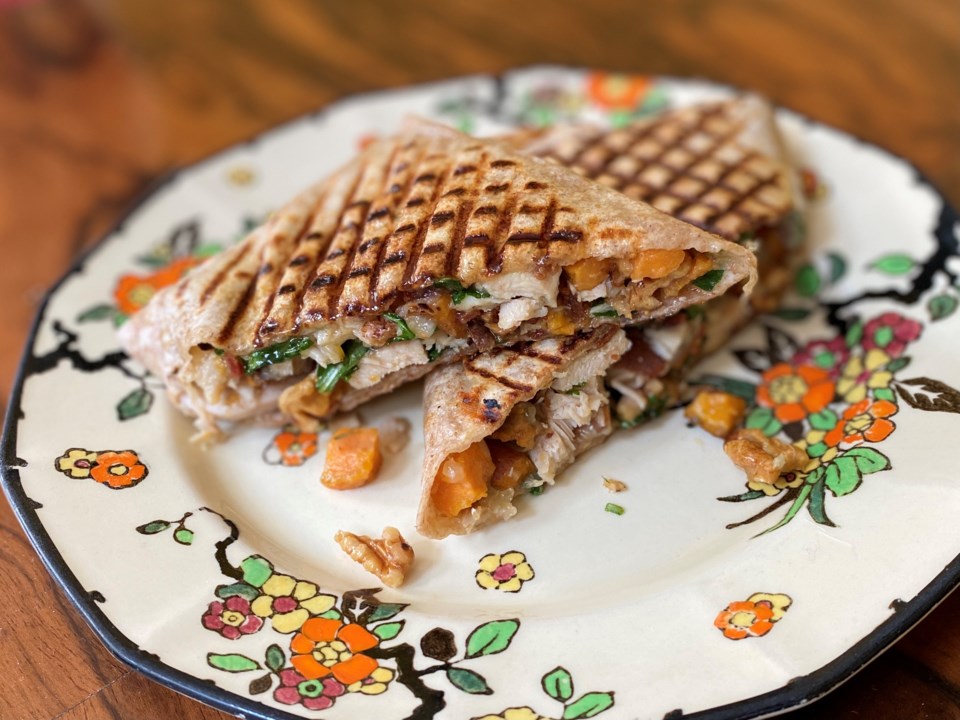Sandwiches were popularized in England in 1762 by John Montagu, none other than the Earl of Sandwich. As legend has it, Montagu had a considerable passion for gambling, which had him spending countless hours playing cards. During one particularly long game, he requested something he could eat without having to get up from the table.
Thus the sandwich was born, named after the man who had a hankering for sticking to the game at hand.
In all historic fairness though, variations on this theme have been around for hundreds of years. A notable form of a sandwich may have been the Korech or “Hillel sandwich” which was traditionally eaten during Jewish Passover.
This simple practice of sandwiching two or more foods together suggests that it was an already established means of eating in the Middle East. Certainly French farm labourers had been consuming meat between sliced bread long before it the Earl arrived on the scene.
Putting various fillings between two pieces of bread as a grab and go convenience was already a worldwide practice, but pressing them together? That was an altogether different innovation.
It was the brilliant and prolific mind of Thomas Edison who came up with that.
Famous for such inventions as the phonograph, the incandescent light bulb, even an early version of the motion picture, Edison had thousands of patents. One in particular was for an early prototype of the “sandwich grill”: two hinged steel plates that were heated by electricity. When pressed together and clamped shut, the machine was able to grill both sides of the bread. The result was a toasty exterior, a warmed interior, and a decidedly appetizing melding of ingredients. Alas, a man clearly too far ahead of his time, Edison’s invention never quite caught on and was discontinued in 1932.
And then there was panini.
Panini is a word of Italian origin. The singular panino stems from “pane” or bread. The first reference to a panino appeared in a 16th-century Italian cookbook, while an early mention of panino appeared in the United States appearing as a “pan warmed Italian sandwich” around the mid-1950’s. It was during this period that the panini were popularized at Italian sandwich shops, or paninoteche, resulting in a high demand for panini among Milanese office workers and teens craving a quick lunch without the mess. In 1974, the company Breville invented a new machine called the Panini Press, and the handy feast exploded in popularity all over the world, complete with the now signature grill marks.
Fortunately Guelph is one such place.
Open since 2018, Pressed for Time Paninis offer their homemade versions at 136 Macdonell St.. Their panini are fast food at its best: fresh, healthy, and filled with only the highest quality ingredients. With a combined thirty plus years of experience in the hospitality industry, Dee and Jules initially met in 2012 while working at a downtown establishment and saw their individual strengths as the perfect balance for a partnership in business.
Pressed for Time Paninis is a cosey place where you’re made to feel at home — inspired by community, convenience, the freshest flavours, and featuring a rotating menu based on both the seasons and international culinary influences. There’s no doubt that Thomas Edison and the Earl of Sandwich would be proud.



